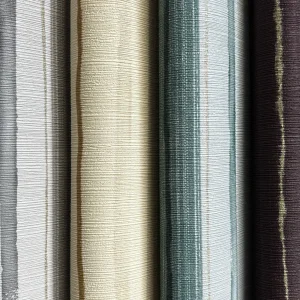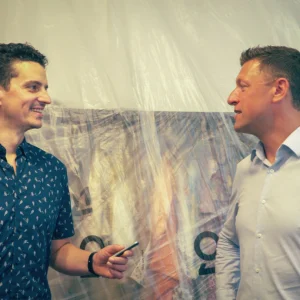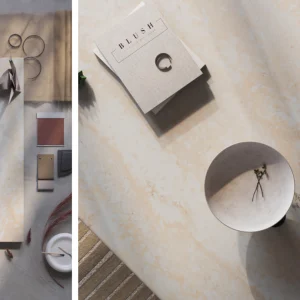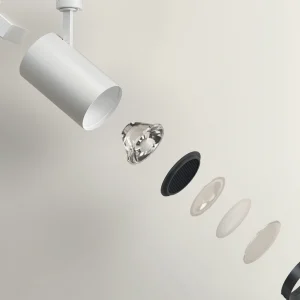The nine-strong team (with the help of an army of freelancers) specialises in contemporary architecture and interior design, working on residential schemes, hotels, offices, restaurants, renovations and new build projects. Cornoedus was responsible for the architecture and interior design of the new Carbon Hotel in Genk.
Have you worked on many hotel projects previous to the Carbon Hotel?
I have been working on hospitality projects since the 1980s. The first hotel I completed was the 18-room Hotel San Martino in Voeren. Since then I have designed Hotel Arte and Hotel Ecu (both in Genk) and Hotel Eurotel in Lanaken. The most recent are the Hotel Carbon and Hotel Eburon in Tongeren.
How would you describe the style of the Carbon Hotel?
It’s a monochrome, essentially, in reference to the mining history of the area.
Are there many design-led hotels in Genk?
There’s almost no competition with regard to this kind of concept and capacity of hotel. Other hotels in the area are more traditional: entry, bar and (small) rooms.
How would you sum up the design brief?
The client wanted an exciting and unique concept. He has 20 years experience of running several traditional hotels and was after something very new and ahead of its time. There was a lot of talking and fantasy sessions during which dreams (partially) led to reality.
Did you specify the furniture, furnishings and materials used on the project?
Yes, we worked on every aspect of the scheme from the architecture and structure of the building through to choosing the wine glasses.
What was your main criterion for choosing the furniture?
We chose timeless designs: quality pieces that would work with the total concept.
It’s a very smooth, sleek concept. Is this part of your signature style?
Yes, it’s part of our style. We’re always looking for new materials. The combination of new materials, aesthetics and robustness is very important in a hotel. And the combination of materials applied (cool and sleek juxtaposed with warm, cosy tiles, as used in the ceiling of the restaurant) was one of the most time-consuming tasks.
How much input did the client have?
He was a perfectionist, always teasing us and sometimes driving us nuts. But he respected our ideas and the design we came up with. We did a lot of research; looking for new hotel concepts and working on plans for the restaurant and the spa that sits on top of the hotel.
Where would your ideal hotel project be located and what would you do?
In the middle of a lake (preferably in Norway). It could be a sort of a boat or artificial island with one half above the water line and one half below. It would also move, making the location time-dependent.
What do you enjoy the most about working in the hospitality industry?
I appreciate the diversity of the task: creating a concept and then working on something unique.
<!– /* Style Definitions */ p.MsoNormal, li.MsoNormal, div.MsoNormal {mso-style-parent:; margin:0in; margin-bottom:.0001pt; mso-pagination:widow-orphan; font-size:12.0pt; font-family:Times New Roman; mso-fareast-font-family:Times New Roman; mso-ansi-language:EN-GB;} a:link, span.MsoHyperlink {color:blue; text-decoration:underline; text-underline:single;} a:visited, span.MsoHyperlinkFollowed {color:purple; text-decoration:underline; text-underline:single;} @page Section1 {size:8.5in 11.0in; margin:1.0in 1.25in 1.0in 1.25in; mso-header-margin:35.4pt; mso-footer-margin:35.4pt; mso-paper-source:0;} div.Section1 {page:Section1;} –>
This article was first published in X2 Magazine





